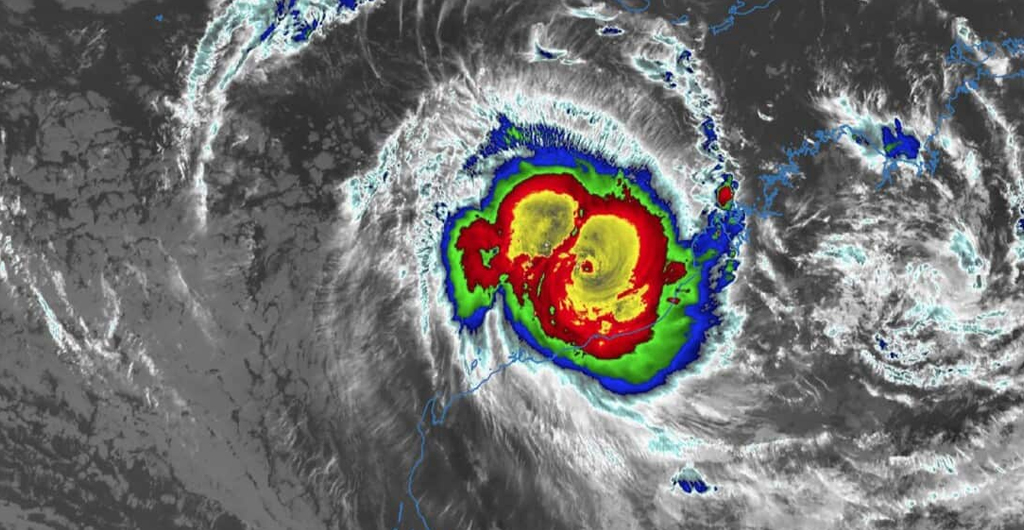Australia’s northwest region braces for Cyclone Ilsa
Australia’s northwest, home to the world’s biggest export hub for iron ore, could be hit by the strongest tropical cyclone in a decade. Ports were clearing ships out of the area, and people rushed to stock up on food and water.
Cyclone Ilsa, which was in the Indian Ocean about 300 kilometres (186 miles) off the coast of Australia, was raised to a category four storm on Thursday morning, April 13. This is one step below the strongest category five.
The Bureau of Meteorology says it could hit land as early as Thursday night, with winds of up to 171 mph (275 km/h).
Meteorologist Miriam Bradbury told ABC News, “They have a lot of strength in them. They can not only break down trees and power lines but also lift up loose things in the yard, like trailers and caravans.”
In its most recent report, the weather office said Ilsa could affect a 600-km stretch with few people from just north of Port Hedland to just south of the tourist town Broome.
Port Hedland is the biggest place in the world where iron ore is shipped out. BHP Group, Fortescue, and Gina Rinehart’s Hancock Prospecting all use it. Port of Dampier, which is west of Port Hedland, is where Rio Tinto ships out its goods.
The weather office said that “the very destructive core of Ilsa” might miss Port Hedland, but winds with gusts of up to 155 km/h could still hit the mining town.
It will be the strongest storm to hit the country’s far northwest since Cyclone Christine crossed the coast in December 2013. Weather bureau forecaster Jessica Lingard said this.
BHP said in an email that it was keeping a close eye on the storm but that mining and rail operations were still going on. A spokesperson for Fortescue said that the company had stopped shipping operations and non-essential travel to the port, but that it did not expect “any significant impact to our operations at this stage.”
Several remote towns have been given a yellow warning, which means that people should be ready to take shelter from a cyclone. The warning was for Port Hedland, where most of the 15,000 people who live there work for mining businesses.



